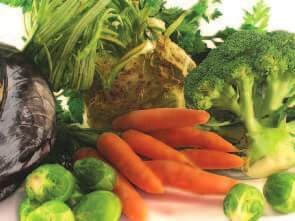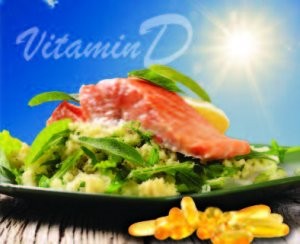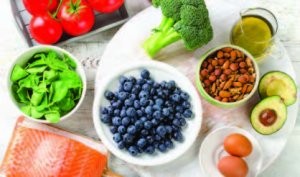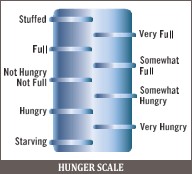Is What You’re Reading What You’re Eating?

While the evidence is not yet in on the enhanced nutritional value of organic or natural foods, consumers appear to have made their own decision. The latest research shows more than 62 percent of Americans now regularly shop for these types of products and pay premium prices for ‘farm to table’ dishes when dining out. Many questions remain, however, chief among them: what exactly is promised by these terms…and do they deliver?
The lack of official guidelines can make it difficult to identify the difference between ‘organic’ and ‘natural’ or ‘cage-free’ versus ‘free-range.’ The Food and Drug Administration (FDA) does not formally define ‘natural,’ but refers to a longstanding policy that interprets it to mean nothing artificial or synthetic has been added to a food that wouldn’t normally be expected, without addressing production, processing or manufacturing methods. Realizing the term is vague, even misleading, the FDA is solicitingpublic input until May and plans to issue more meaningful standards later this year.
For now, “’all-natural’ is more of a marketing ploy,” according to Mick Bessire, agricultural educator at Cornell Cooperative Extension. “Antibiotics can be used in production, or chickens can be raised in battery cages and have their beaks trimmed and still be called natural.”
Other frequently used terms:
Organic: A USDA Organic seal signifies that the product is made without synthetic fertilizers, irradiation, and has not been genetically modified in any way; no antibiotics or growth hormones are used in meats; 100 percent organic feed is used for livestock. The use of food additives and fortifying agents such as preservatives, artificial sweeteners and colors is severely restricted. Usually pesticide-free, too.
Hormone-Free: The best choice for hormone-free meat is products with the USDA Organic label. Hormones are already banned in egg-laying hens.
Grass-Fed: Look for an American Grass-fed Association or Animal Welfare Approved stamp, which guarantee the animal was raised on a family-owned pasture or range. Beyond the humane
benefits, some studies have found that grass-fed beef contains higher levels of healthy fatty acids and antioxidants.
Cage-Free: A voluntary label recognized by the USDA’s Agricultural Marketing Service (AMS) as birds permitted to roam, but generally without access to the outdoors.
Free-Range or Free-Roaming: Another voluntary label that indicates animals have access to the outdoors but type and duration is undefined.
Pasture-raised: Means animals roam freely and eat vegetation in their natural environment.
Certified Humane: Offers more specific guidelines for cage-free, free-range and pasture-raised labels.
White/brown eggs: Does not indicate quality or nutrition levels, but is based on the breed of the egg-laying hen.
Farm-raised fish: Frequently bred to be heavier, grow faster and can contain chemicals versus wild-caught fish. Diner beware though: according to advocacy organization Oceana’s recent study, restaurant customers were misled about salmon 43 percent of the time – ordering sustainable wild salmon as labeled on the menu, but receiving farmed salmon on their plates.
Is it worth the effort? Probably. For example, wild salmon contains far more healthy omega 3 fatty acids than farm-raised salmon. While a recent study from Mayo Clinic showed that many organically and conventionally produced foodstuffs were similar nutritionally, organic foods are inarguably less processed and more sustainable choices – good for our bodies and the environment.
The post Is What You’re Reading What You’re Eating? appeared first on Specialdocs Consultants.






